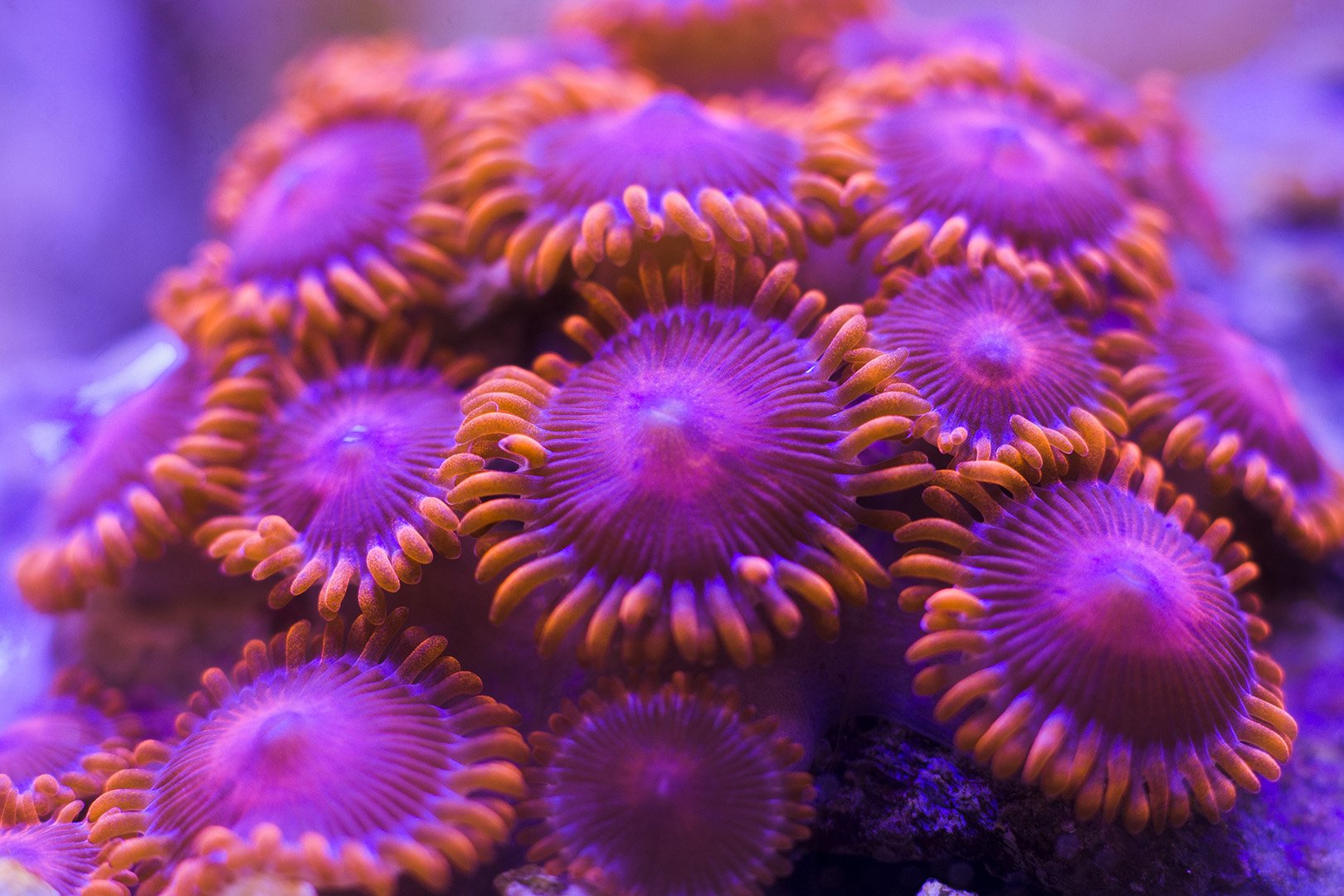
Whole Genome Sequencing (WGS)
Powered by University of Oregon
APPLICATIONS
When executed on a single individual sample with deep coverage WGS data can be used to create a reference genome assembly using short or long-read technologies. Alternatively WGS can be done on many individual samples at one time with lower coverage to perform whole genome genotyping style applications.
Long-Read Applications
Genome assemblies
Bacterial or plasmid sequencing
Short-Read Applications
Genome assemblies
Whole genome genotyping
WHAT IS WGS?
Whole Genome Sequencing (WGS) is a method to sequence the complete catalog of DNA from any given sample. WGS is accomplished by fragmenting the nucleic acid of a sample, and through short-read or long-read sequencing chemistry a randomized output of the complete catalog of DNA is created. This output is then pieced together like a puzzle to create contigs, long stretches of contiguous DNA sequence. Floragenex performs short-read sequencing on Illumina platforms, with read lengths of 100-250 base pairs (bp), and long-read sequencing on PacBio platforms, with read lengths of 10,000-20,000 bp.
EXAMPLE WGS PROJECT
Construct Whole Genome from Long Read Data
Surveyed a fish species with an approximately with 700 MB genome
Created 2 PacBio SMRTbell libraries
Sequenced on the PacBio Sequel II with HiFi long reads, generating an average of 2.3M reads per library
Performed reference based assembly with a closely related species, generating a consensus sequence with N50 contig size of 26M and BUSCO completeness score of 91.5%
Low Coverage WG Shotgun Sequencing for Genotyping
Surveyed 95 Samples Algae to look for common SNPs across a population
Used Nextera shotgun prep together with BD Echo accoustic robotic library prep
Sequenced on the Illumina Nova Seq 6000 with a 2x150bp SP chip
Customer found common SNPs across population










